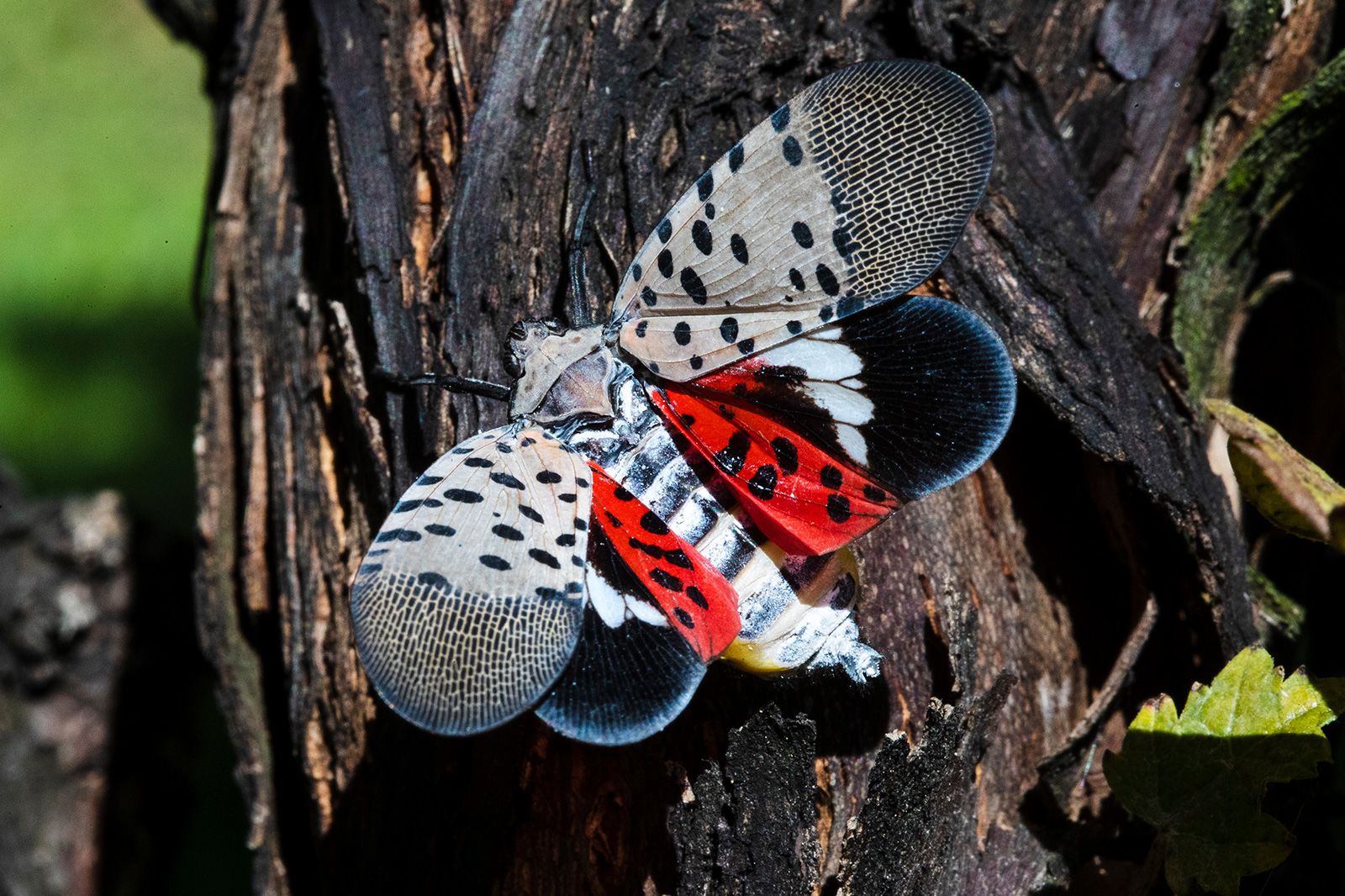Interesting discussion on non-native trees like Black Locusts and Catalpas:
Log into Facebook to start sharing and connecting with your friends, family, and people you know.

www.facebook.com

www.torontogardens.com
Is 'native' ultimately from a temporal Euro-centric perception, crystallised within these last two centuries?
There is no more glorious sight in these parts than a Northern Catalpa in full bloom. This week was the peak of flowering for this tropical tree that has adapted to our northern climate. The first clue is the fragrance wafting over the sidewalk. Like a bee seeking nectar, you follow the trail...

www.returnofthenative.ca
Interesting consideratio as ecosystems are always in flux- if a non-native tree provides utility to our other native species, could it be considered beneficial in spite of its label?
I think any reference to what species may have been present pre-glaciation is profoundly silly.
The point of defining native/non-native in the context of ecology isn't a historical artifact.
Rather its to note what is a host plant for insects, animals, lichens, mosses, fungi etc
What is a food source for insects, animals, lichens mosses, fungi etc.
What will prey on this plant?
Will the plant have an unfair advantage over native species adapted to this area which will result in its proliferation at the expense of native species, possibly competing other plants to extinction, and in turn having cascading effects.
The issue is not the natural migration of plant or animal species over centuries or millennia, its the comparatively sudden introduction of a species w/o the other eco-system elements that have developed with it.
There is no known native insect or disease that threatens European Purple Loosetrife, Dog Strangling Vine or Ginkos.
The latter, are not considered invasive though, at this time, as they have not shown a significant likelihood to reproduce.
The former, and considered invasive, because they can aggressively wipe out entire native eco systems, killing off native plants, and the insects, the birds who prey on those, and the animals who prey on those.
***
In addition, non-native plants, particularly if brought directly from their home region, may also bring pests/diseases for which our native plants have no immunity or defense.
Dutch Elm Disease was such an example, Emerald Ash Borer, Asian-Long Horned Beetle and many more.
The first two of those literally wiped out millions of trees, while the latter would be in tens or hundreds of thousands.
***
The notion that that invasiveness is some sort of cultural thing, which one can value or not just beyond the pale and without scientific foundation.
Non-native plants which are not invasive are considered 'ornamental' and that is generally fine; though w/the caveat I would want to see such plants grown from seed in North America rather than being imported w/soils and potential stowaways. (insects/fungi/disease.)
 We're just kind of surprised that the City planted front yard trees without notice. Is that common?
We're just kind of surprised that the City planted front yard trees without notice. Is that common?






